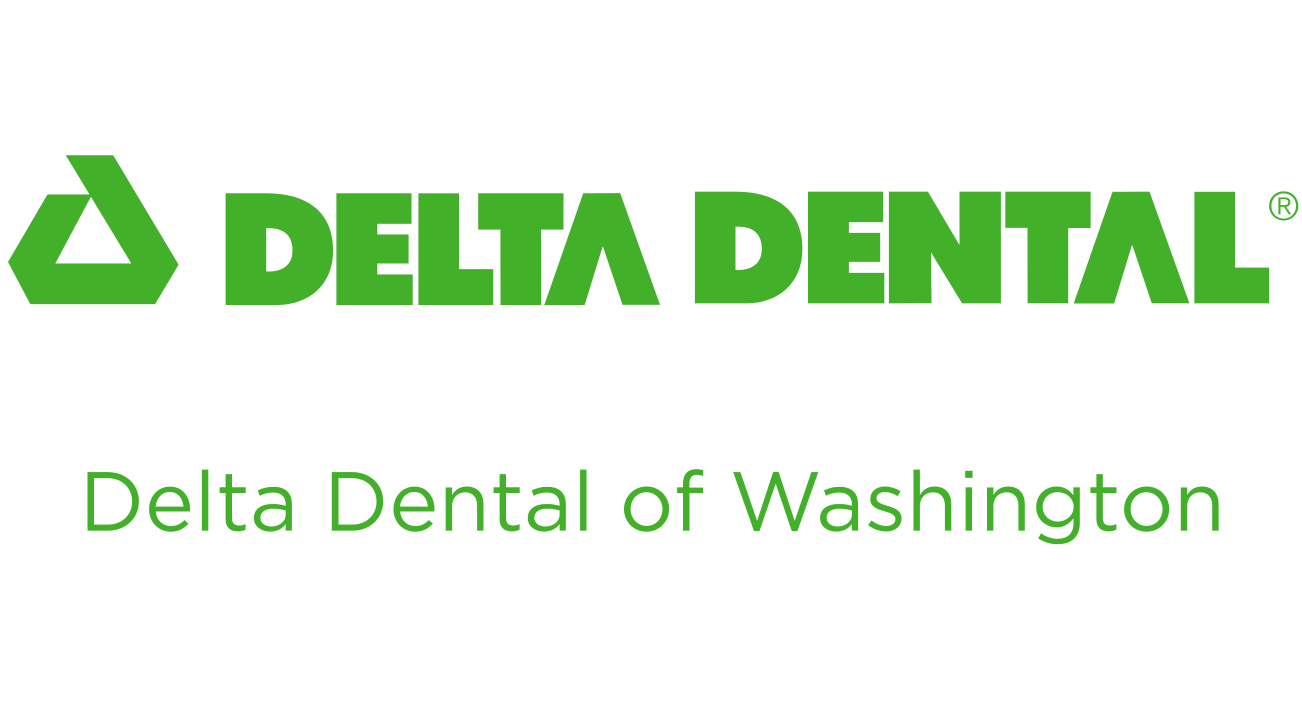Originally published April 25, 2018. Updated May 25, 2022.
What is a Root Canal?
Root canal therapy, simply referred to as a root canal, is treatment for the dental pulp of a tooth that is inflamed, infected, or dead.
Dental pulp is a soft substance in the center of a tooth that contains the nerve, blood vessels, and connective tissue. The pulp chamber is the hollow part in the center of a tooth that contains the pulp, and which continues down canals that extend through the roots of teeth and into the surrounding bone.
Why Is a Root Canal Needed?
Root canals are common dental procedures — in fact, more than 41,000 root canals are performed every day. A root canal may be needed when there has been an injury to the tooth causing severe toothache, sensitivity, discoloration, or swelling or tenderness of the gums. Sometimes, however, no symptoms are present — which is why preventive care and regular dental checkups are especially important.
There are a variety of ways that the pulp in your tooth can be injured:
- A deep cavity
- Repeated dental procedures
- A cracked or fractured tooth
- Trauma
When these conditions go untreated, the pulp of a tooth can die, and inflammation and infection can spread into the bone supporting the root(s) of a tooth. When this happens, you may experience pain and inflammation, and a dental abscess may form. Once an infection develops, you are at risk of having it spread to other parts of the body or even losing your tooth completely if left untreated.
What’s Involved in the Root Canal Procedure?
Root canals are not something performed as part of your regular preventive services or annual checkup and may require multiple appointments to the dental care provider to complete.
Your dentist may perform the procedure, or you may be referred to an endodontist (a dentist who specializes in the diagnosis and treatment of the dental pulp). The actual root canal procedure may take between 30 and 60 minutes to complete but can take up to an hour and half on a larger tooth with multiple roots.
The Root Canal Procedure: Before, During, and After
Before a root canal, your dentist will:
- Take x-rays to get a clear view of your tooth and the surrounding bone.
- Numb the area, including your tooth, with local anesthetic.
- Put a thin sheet of rubber over your tooth to keep it dry, clean, and protected during the procedure.
During a root canal, your dentist will:
- Create an opening in the top of your tooth
- Remove the tooth's pulp from inside the tooth and in the areas in the root (known as the root canal)
- Clean inside the tooth and each root canal
- Fill the root canals with a rubber-like material to seal against future infection
- Place a temporary filling in the tooth for protection until a permanent filling or crown can be placed at the earliest opportunity
After a root canal:
- You may have some sensitivity in the repaired area for a few days. Ask your dentist how to best manage any potential discomfort
- Your dentist may prescribe antibiotics if the infection caused significant swelling in your jaw
- Follow up with your dentist if you have any problems
At your follow-up visit, your dentist will replace the temporary filling with a permanent one or will begin the process of making a crown (cap) for your tooth. A metal or plastic post might be placed in the root canal to help keep the permanent filling material in place. With proper care, your restored tooth should continue to function normally for years to come.
As always, brush twice a day with fluoride toothpaste, floss at least once a day, and keep up those regular dental checkups.
Is there dental insurance that covers root canals?
Most dental insurance covers some portion of a root canal, but the cost varies depending on your dental plan, if you’re using an in-network or out-of-network dental provider, and which tooth is affected. Molar teeth, for example, have more canals and may be more complex to treat — making the root canal treatment more expensive.
Without insurance, a root canal may cost anywhere between $700 to $1,800.
Your dental insurance plan may require you to meet a deductible before coinsurance (the portion your insurance pays) starts. Typically, dental insurance will cover 50% to 80%of the root canal cost after the deductible has been met. Depending on your dental plan, you may instead have co-pays for specific services like a root canal. Co-pays are fixed out-of-pocket costs for certain services, so you’ll always know how much you’ll have to pay.
Another piece of dental insurance to keep in mind are annual maximums.
Maximum annual benefits, or a coverage limit, is typically between $1,000 and $2,000 for dental plans. This means that your dental insurance cuts off coverage after you reach a certain amount, in which case you’ll be responsible for paying additional costs out-of-pocket. If you have a Health Savings Account (HSA) through your health insurance, you may be able to use those funds to pay for dental services, helping you budget costs.
The majority of Delta Dental plans cover root canals as a Class II, or restorative, benefit. Create or sign in to your MySmile® account to view your dental insurance coverage, understand out-of-pocket costs and get estimates on dental care, and find in-network dentists or endodontists near you.
Is there a waiting period for dental insurance plans?
Some dental insurance plans have a waiting period between a few months to up to a full year for major dental procedures like root canals, so it’s important to know the details of your individual coverage to avoid unexpected costs or delays in treatment.
Waiting periods are meant to keep costs lower for both the dental insurance company and the enrollee. A waiting period prevents patients from getting expensive dental procedures and then dropping their dental plan coverage soon after enrollment, which can result in higher premiums for everyone.
If you know you need a root canal and are looking for dental insurance, look for an insurance plan that doesn’t have any waiting periods for coverage to begin.
Delta Dental of Washington, for example, offers two individual dental plans without a waiting period1. Other Delta Dental plans may also waive the waiting period if you had qualifying dental coverage prior to enrolling, or the waiting period may only apply to specific services. Be sure to read through coverage details to ensure you’re getting the most out of your dental care!
Are you a Delta Dental member? Create or sign in to your MySmile® account to view your coverage and get personalized out-of-pocket cost estimates.
Shopping for dental coverage? We offer 5 individual dental insurance plans designed to meet any smile's needs or budget.
1To be eligible, individuals and/or their families must have held a qualifying dental plan for the last 12-months. Otherwise, waiting period restrictions may apply.












